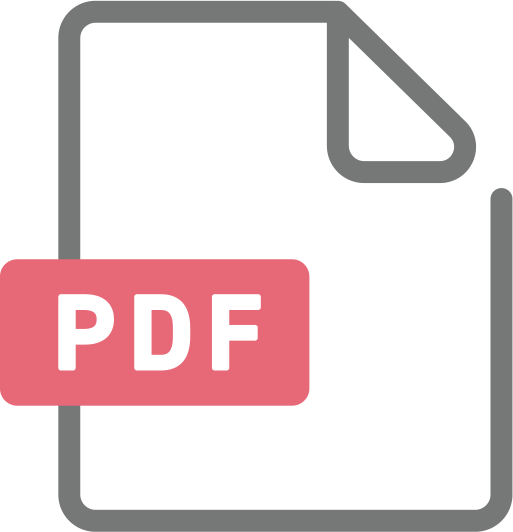Analysis on Demand and Supply-side Responses during the Expansion of Health Insurance Coverage in Vietnam: Challenges and Policy Implications toward Universal Health Coverage
Vietnam is one of the leading countries moving towards universal health coverage (UHC) among developing and emerging countries. This paper examines how utilisation and the supply side have responded to the expansion of health insurance coverage. In the analysis, we use provincial panel data of 2006 to 2012 for every two years, which is constructed from several data sources. The results show that the utilisation has only slightly responded to the expansion of health insurance coverage, and nearly no positive supply-side response has been observed during the expansion. Also, the results of detailed analysis of health workers imply that there has been an unbalanced allocation of health workers between provincial hospitals and commune health stations despite the importance of commune health stations in providing primary healthcare. Our further analysis also reveals that the out-of-pocket (OOP) burden has not decreased and the affordability of healthcare services has not changed in response to health insurance coverage. Based on our findings, we argue that supply-side factors might have constrained utilisation, and that health insurance has hardly eased liquidity constraints.


